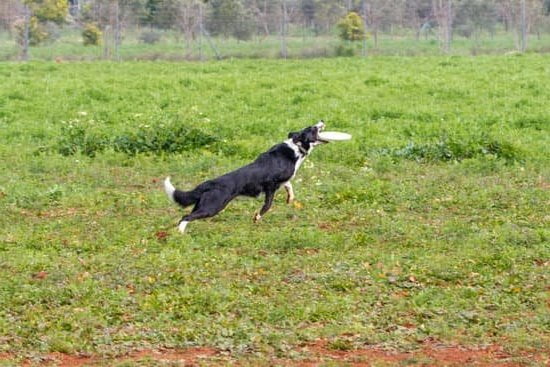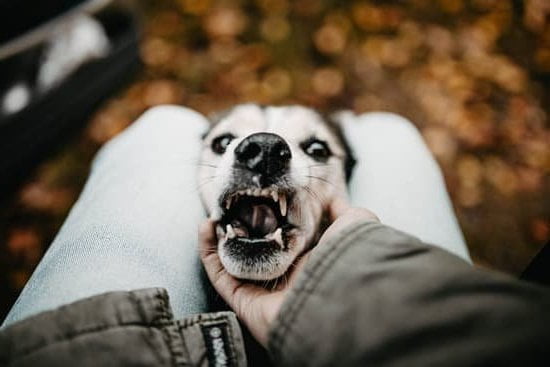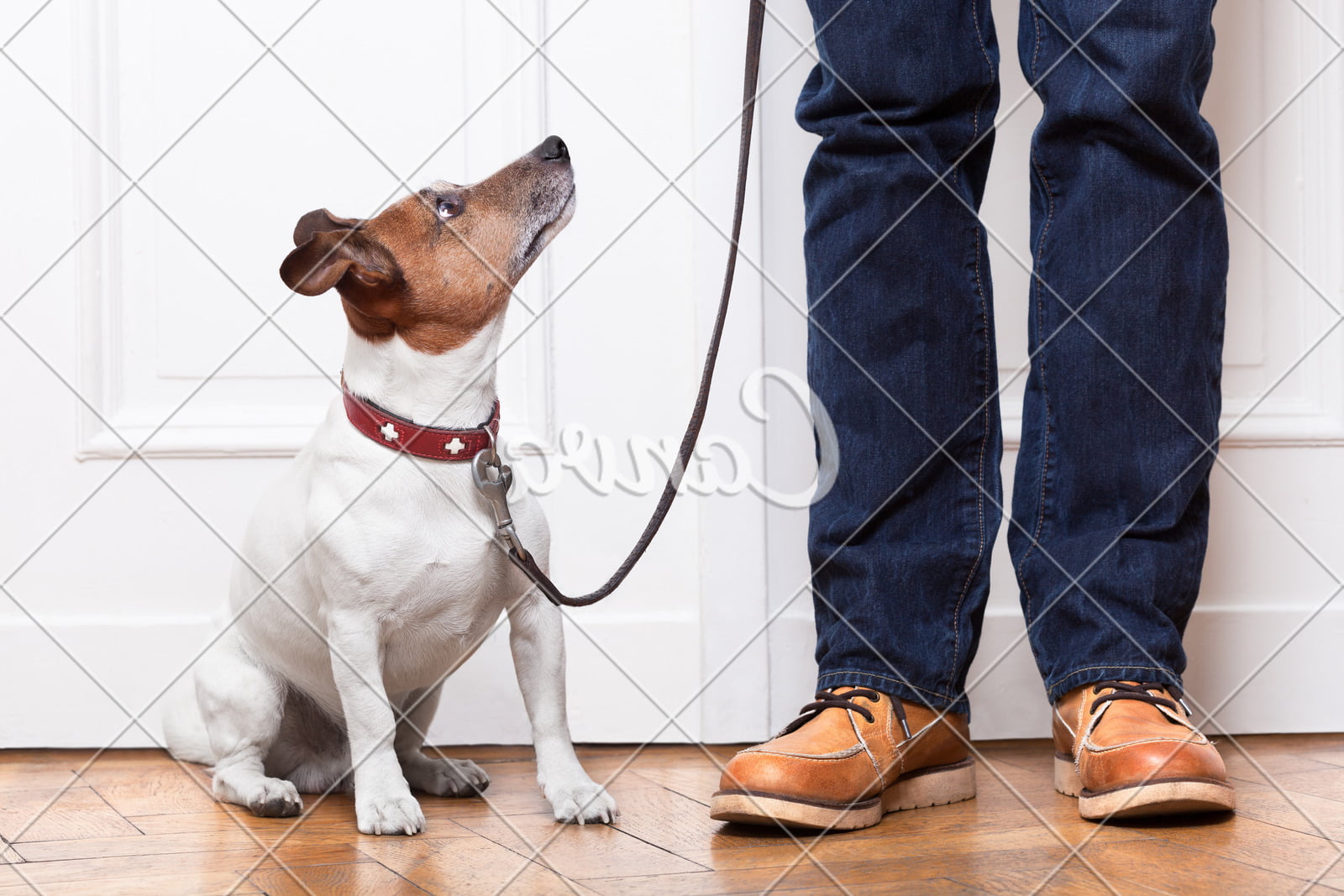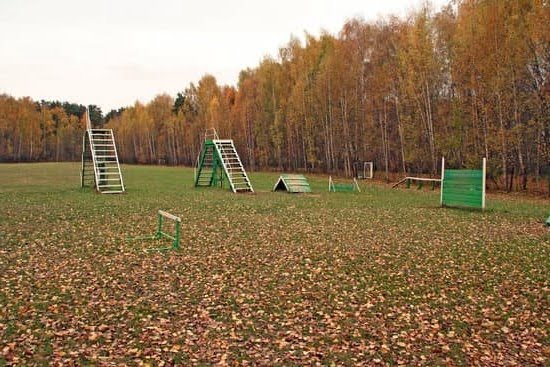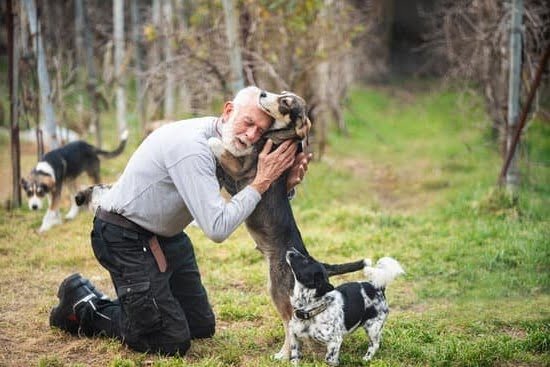Dogs and cats are known to have a natural instinct to be territorial and can sometimes not get along with one another. This article will provide insights on understanding the behaviors of these pets and offer tips, techniques, and strategies for training dogs to respond to cats.
Many pet owners wonder, can dogs be trained to get along with cats? The answer lies in understanding their natural instincts and behaviors. Dogs are pack animals with a strong hierarchical structure, while cats are more independent creatures that prefer solitude at times. Understanding these differences is crucial in creating a harmonious environment for both pets.
Introducing dogs and cats in the right way is essential for successful integration. It requires patience, proper approach, and techniques to ensure a positive first encounter. Additionally, training dogs to respond positively to cats through key tips and strategies such as positive reinforcement is key in fostering a peaceful coexistence between the two pets.
Introducing Dogs and Cats
Introducing a new dog to a household with cats can be a delicate process, but with the proper approach and techniques, it is possible for them to coexist peacefully. Understanding the natural instincts of both dogs and cats is crucial when introducing them to each other.
Dogs are generally pack animals with a strong instinct to chase small animals, while cats are independent creatures who may feel threatened by unfamiliar animals in their territory. By recognizing these behaviors, pet owners can better prepare for introducing their dog to their cat.
One of the key techniques for introducing dogs and cats is to start slowly. It is important to give both pets time to adjust to each other’s presence before allowing direct interaction.
This can be done by keeping them in separate rooms at first, allowing them to get used to each other’s scent without the risk of a physical confrontation. Over time, they can be gradually introduced in controlled environments, such as through a baby gate or barrier that allows visual contact without direct physical interaction.
Another important approach is positive reinforcement. Using treats and praise effectively can help associate good behavior with rewards, encouraging the dog to remain calm and respectful around the cat. This can create a positive association between the two pets and encourage peaceful coexistence. Additionally, providing plenty of toys and activities for both pets can help distract them from potential conflicts and redirect their energy into more positive interactions.
It’s important for pet owners to understand that successful integration between dogs and cats takes time and patience. Rushing the introduction process can lead to stress and conflict between the pets, so it’s essential to take things slow and allow both animals ample time to become comfortable with each other. With the proper approach, training, and positive reinforcement, dogs can be trained to get along with cats in a harmonious manner within the household.
Training Dogs to Respond to Cats
When it comes to training dogs to get along with cats, understanding their natural instincts and behaviors is crucial. Dogs are predators by nature, while cats are more independent and tend to be more defensive. It is important to recognize these differences in order to effectively train a dog to respond positively to a cat’s presence.
One key tip is gradual introduction. Introducing a dog and a cat too quickly can lead to tension and potential conflict. It is important to start with scent swapping, where the animals can become familiar with each other’s scent without direct contact. Gradually, controlled visual introductions can be made, always being mindful of the body language of both animals.
Positive reinforcement plays a significant role in training dogs to coexist peacefully with cats. Rewarding good behavior such as calmness and friendly interactions with the cat can help the dog associate positive outcomes with being around the cat. This can help in reducing any aggressive or predatory behavior towards the feline companion.
| Key Tips | Strategies |
|---|---|
| Gradual Introduction | Scent swapping, controlled visual introductions |
| Positive Reinforcement | Rewards for calmness and friendly interactions with the cat |
With patience, consistency, and proper training techniques, dogs can indeed be trained to get along with cats and even form close bonds with their feline companions.
Positive Reinforcement
Understanding Positive Reinforcement
Positive reinforcement involves using rewards to encourage and reinforce good behavior in dogs. When it comes to training dogs to get along with cats, positive reinforcement can be a highly effective method. By rewarding your dog for calm and non-aggressive behavior around cats, you
Using Treats and Affection
One of the most common forms of positive reinforcement is using treats to reward dogs for good behavior. When your dog shows appropriate interactions with cats, such as gentle sniffing or staying calm in their presence,
Consistency Is Key
In order for positive reinforcement to be effective, consistency is crucial. It’s important to consistently reward your dog for displaying good behavior around cats and not inadvertently reinforce any negative behaviors. By consistently using positive reinforcement techniques, you
By utilizing positive reinforcement methods, pet owners
Addressing Aggression
Evaluating the Situation
Before addressing aggression between dogs and cats, it is important to understand the root cause of the conflict. Is the aggression stemming from fear, territorial behavior, or past negative experiences? Observing the body language and behavior of both pets can provide valuable insight into the source of the aggression. Additionally, determining whether the aggression is one-sided or mutual can help in devising an appropriate strategy to address the conflict.
Implementing Separation and Controlled Interactions
In cases where there is ongoing aggression between a dog and a cat, it may be necessary to implement separation techniques to ensure the safety of both pets. This can involve keeping them in separate areas of the home and gradually introducing controlled interactions under supervision. By gradually exposing them to each other’s scent and presence in a controlled environment, you can help them become more familiar and comfortable with one another.
Utilizing Behavior Modification Techniques
Behavior modification techniques can also be effective in addressing aggression between dogs and cats. This may involve desensitization exercises, training alternative behaviors, or implementing positive reinforcement to encourage calm and non-aggressive behavior. Working with a professional trainer or behaviorist who specializes in inter-species aggression can provide valuable guidance in implementing these techniques.
By proactively addressing potential conflict and aggression between dogs and cats, pet owners
Creating a Safe Environment
Creating a safe and harmonious environment for both dogs and cats is crucial when attempting to integrate them into the same household. Here are some tips to help foster a peaceful coexistence between these two pets.
First, it’s important to provide separate spaces for both the dog and cat. This means ensuring that each pet has their own designated areas for eating, sleeping, and using the bathroom. Having their own space can help alleviate any feelings of competition or territory between the two animals.
Additionally, make sure to supervise interactions between your dog and cat, especially in the beginning stages of their introduction. This can help prevent any potential conflicts from arising and give you the opportunity to intervene if necessary. Gradually increase their time together as they become more comfortable with each other.
Another important aspect of creating a safe environment is to provide plenty of opportunities for positive experiences between your dog and cat. This can include engaging in activities where they are both rewarded for good behavior, such as playtime with interactive toys or training sessions. Positive reinforcement can go a long way in shaping their attitudes towards one another.
By following these tips and being patient with the process, you can help create a safe environment where dogs and cats can peacefully coexist. With time and effort, it is indeed possible for dogs to be trained to get along with cats, creating a happy and harmonious multi-pet household.
Monitoring Progress
Once you have introduced your dog and cat and started training them to get along, it’s important to monitor their progress to ensure successful integration and interaction. Here are some signs that indicate positive progress in their relationship:
- Playful Interaction: Observing your dog and cat engaging in playful interactions, such as chasing each other or play-fighting without aggression, is a great sign of progress. This shows that they are comfortable enough with each other to engage in friendly activities.
- Relaxed Body Language: Both your dog and cat should exhibit relaxed body language when they are in each other’s presence. This includes wagging tails, soft purring, and calm posture. These signs indicate that they are feeling at ease around each other.
- Sharing Spaces: If you notice your dog and cat willingly sharing the same space without tension or conflict, such as resting in the same room or eating near each other without issue, this is a positive indication that they are becoming more comfortable with each other’s presence.
It’s important to remember that progress will take time, so be patient and continue to reinforce positive behavior through training and rewards. Consistency is key in helping dogs and cats coexist peacefully.
Additionally, keep an eye out for any negative signs that may indicate a setback in their relationship. Signs of aggression, fear, or avoidance should be addressed immediately to prevent any potential conflicts from escalating.
Ultimately, successfully integrating dogs and cats into one household requires time, patience, and proper training techniques. By monitoring their progress closely and addressing any issues that arise promptly, you can help foster a harmonious relationship between your pets.
Seeking Professional Help
When it comes to training dogs to get along with cats, some pet owners may find themselves facing a variety of challenges. While many people are able to successfully introduce their dogs and cats and encourage harmonious relationships, others may encounter more difficulty in bringing their pets together. In such cases, seeking professional help from a trainer or behaviorist can be incredibly beneficial.
Here are some instances where it may be necessary to consider hiring a professional:
- Persistent aggression: If despite your best efforts, your dog continues to display aggression towards the cat, it’s important to seek assistance from a professional. A trainer or behaviorist can assess the situation and provide specific techniques and strategies to address the aggression.
- Fear or anxiety: Some dogs may exhibit fear or anxiety around cats, making it challenging for them to coexist peacefully. A professional can help desensitize the dog to the presence of the cat and reduce their fear through gradual exposure and positive reinforcement.
- Lack of progress: If you have been trying to train your dog to get along with your cat for an extended period of time with little to no progress, it might be time to bring in a professional. They can identify any underlying issues and provide tailored guidance for your unique situation.
By enlisting the help of a skilled trainer or behaviorist, pet owners can make great strides in improving their dog’s behavior towards cats. These professionals are equipped with knowledge on animal behavior and training techniques that can prove invaluable in helping dogs and cats coexist peacefully in the same household.
Conclusion
In conclusion, it is possible for dogs and cats to coexist peacefully through proper training, positive reinforcement, and creating a safe environment for both pets. Understanding the natural instincts and behaviors of dogs and cats is crucial in introducing them to each other in a way that minimizes stress and potential conflict. Training dogs to respond to cats, using key tips and strategies such as positive reinforcement, can help encourage good behavior and foster harmony between the two pets.
It is important for pet owners to address any signs of aggression or potential conflict between their dogs and cats by implementing techniques to promote positive interaction. Creating a safe environment that provides separate spaces for both pets while gradually increasing their exposure to each other can help in fostering a peaceful coexistence.
While many pet owners may be able to successfully train their dogs to get along with cats on their own, seeking professional help from a trainer or behaviorist can be beneficial in cases where there are persistent issues or challenges with integration. With patience, consistency, and the right approach, dogs can indeed be trained to get along with cats, leading to a harmonious household where both pets can thrive.

Welcome to the blog! I am a professional dog trainer and have been working with dogs for many years. In this blog, I will be discussing various topics related to dog training, including tips, tricks, and advice. I hope you find this information helpful and informative. Thanks for reading!

